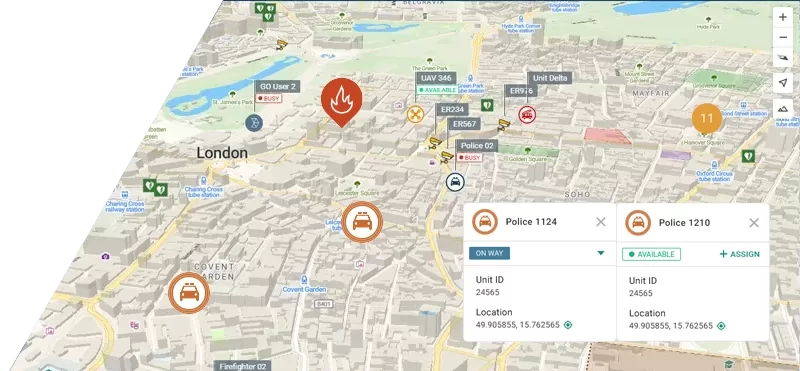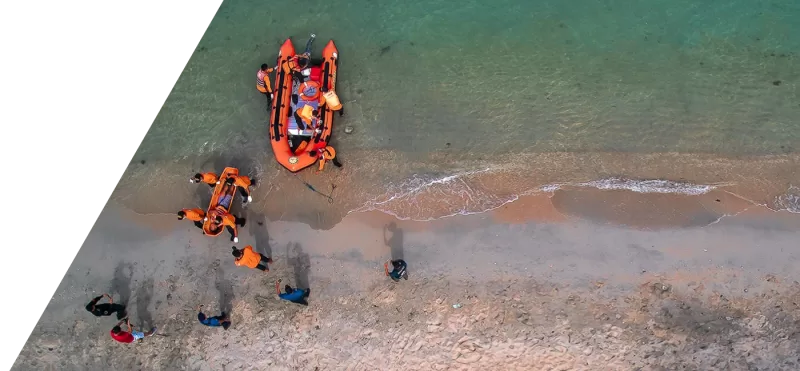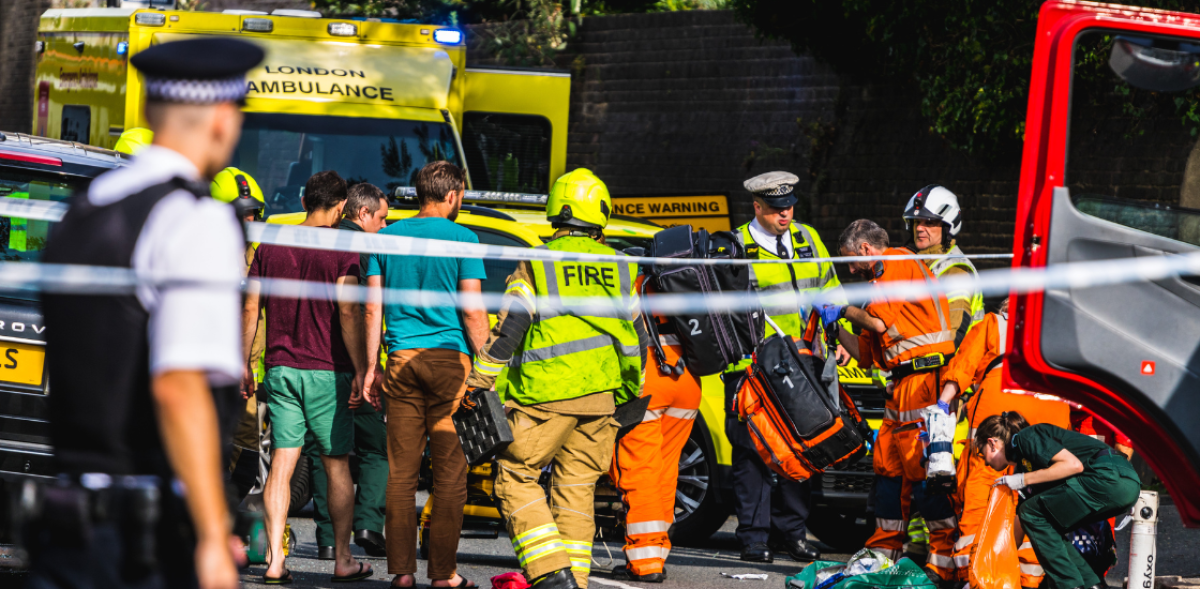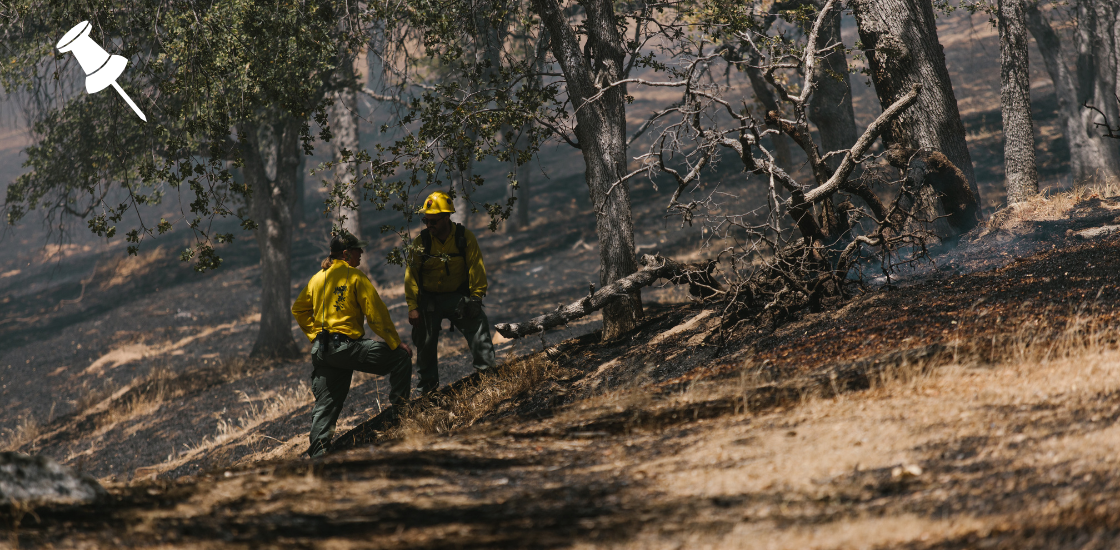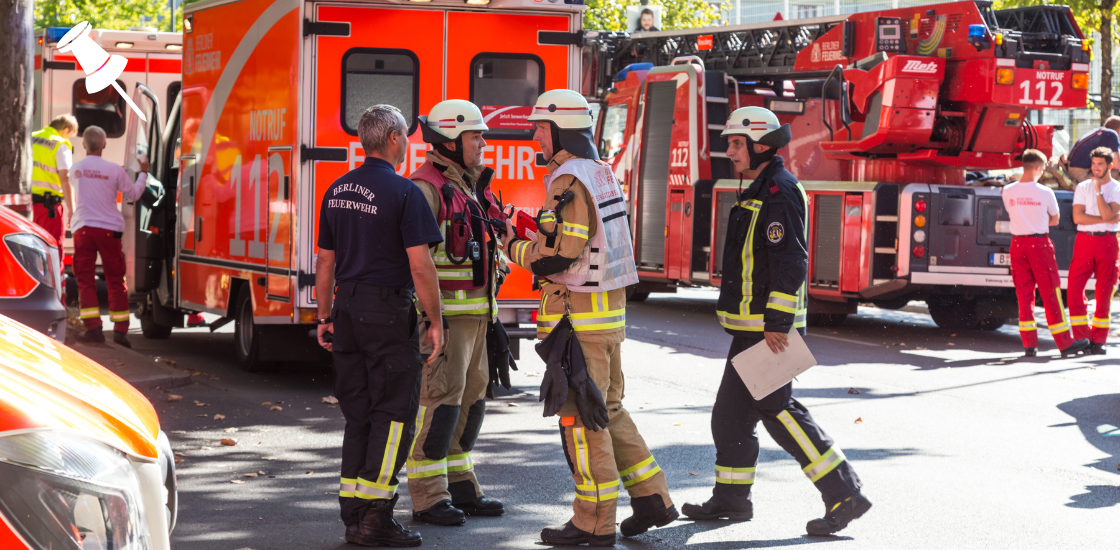Effective emergency response relies on coordination, clear communication, and the ability to adjust quickly when conditions change. In operations involving multiple teams such as police, firefighters, medical services, and dispatchers, even experienced professionals can face challenges that slow down the response or reduce its impact.
Based on GINA Software’s experience working with emergency services worldwide, this article highlights five common mistakes that can affect response operations. It also offers practical ways to prevent them, helping teams improve efficiency, strengthen collaboration, and make better decisions in the field.
Table of Contents
1. Poor Communication Between Teams
What goes wrong:
Emergency situations frequently require the collaboration of multiple entities – including police, fire and rescue services, medical teams, dispatchers, and volunteer organizations. When these groups rely on disparate systems or incompatible communication channels, critical information can be fragmented or delayed. The result is often misallocated resources, operational inefficiencies, and teams on the ground left without the guidance they need at crucial moments.
How to avoid it:
Establish a shared communication environment before disaster strikes. Invest in interoperable tools that let field units, command centers, and supporting agencies communicate on the same platform.
With GINA Tactical AVL, responders and command centers operate within a shared real-time map, enabling secure messaging, location tracking, and task coordination directly from mobile devices or dispatch stations. Learn why AVL software is essential for modern emergency response in this article.
GINA Mobile and GINA Tablet support push-to-talk (PTT), messaging, media sharing, and even live video streams between units and dispatchers. Shared unit statuses reduce unnecessary radio communication, while safety features like Man Down alerts further protect personnel in the field.
For rapid-response teams, GINA GO offers messaging and an integrated SOS button, ensuring fast communication and personal safety even in standalone deployments.
Together, these tools provide a consistent and efficient communication framework, reducing delays and supporting informed decisions at every level.
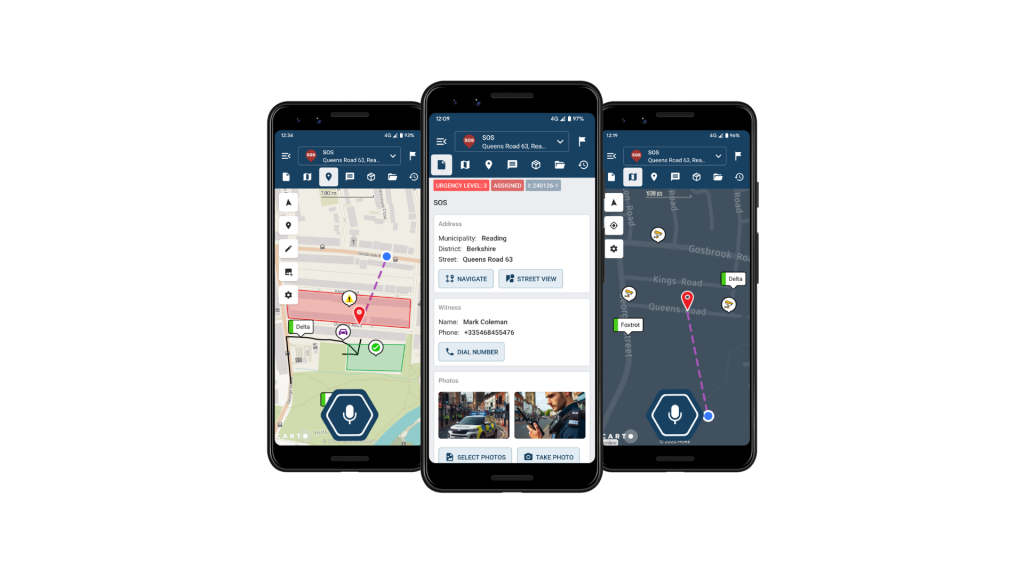
2. Lack of Real-Time Situational Awareness
What goes wrong:
Responders frequently operate in fast-changing environments where the situation on the ground evolves by the minute. But without access to verified, real-time updates, teams can be left making decisions based on assumptions, scattered messages, or delayed reports. This creates blind spots, slows down coordination, and increases operational risk.
How to avoid it:
Equip field teams with tools that provide a dynamic, real-time view of the situation. Drones, GPS tracking, incident mapping, and live video feeds all contribute to a clearer understanding of what’s happening on the ground.
GINA’s map-based platform brings this data together in one intuitive environment. With tools like GINA Tablet, supervisors and field commanders can monitor team positions in real time, track resources, receive live updates, and adapt strategies as the situation unfolds. That flexibility saves time – and sometimes lives.
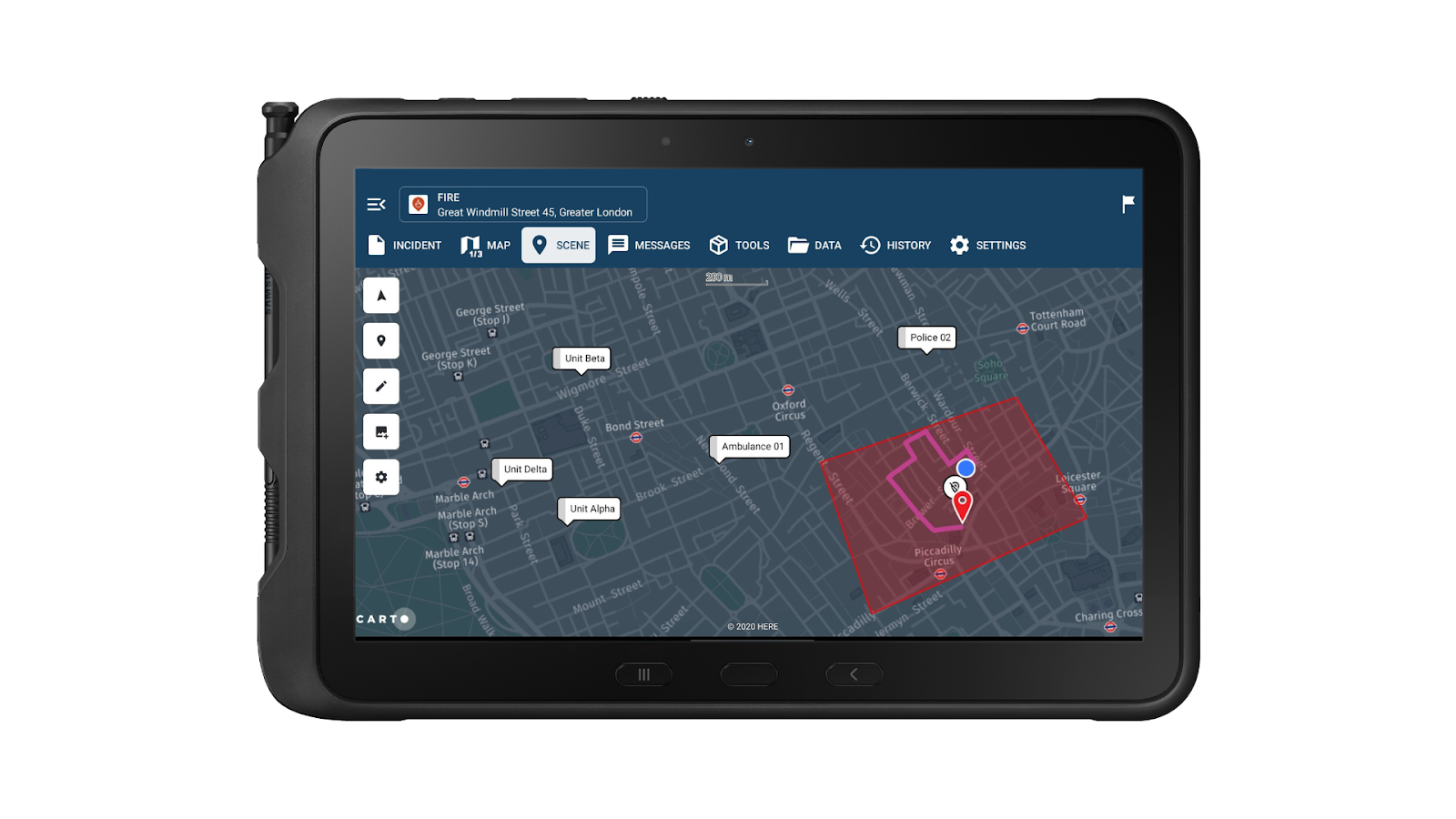
3. Unclear Roles and Responsibilities
What goes wrong:
In high-pressure environments, even experienced teams can encounter confusion if responsibilities are not clearly defined. Without a shared understanding of roles, essential tasks may be duplicated, delayed, or entirely overlooked, reducing overall effectiveness and increasing the risk of miscommunication.
How to avoid it:
Roles and responsibilities should be clearly defined as part of operational planning and reinforced throughout the response. With GINA’s Smart CAD, incident commanders can assign and adjust tasks in real time, ensuring all personnel remain aligned with the current objectives. Team members can be tagged by role, such as commander, paramedic, or technical support, which supports clarity and accountability in the field.
In addition, units can be tagged based on specific equipment or capabilities – for example ladder or defibrillator. When combined with predefined response plans, the system can suggest the most suitable resources for a given scenario. This helps dispatchers make informed decisions quickly, ensuring that critical needs are met without unnecessary delay.
Learn more about Smart CAD and how it supports efficient emergency response.
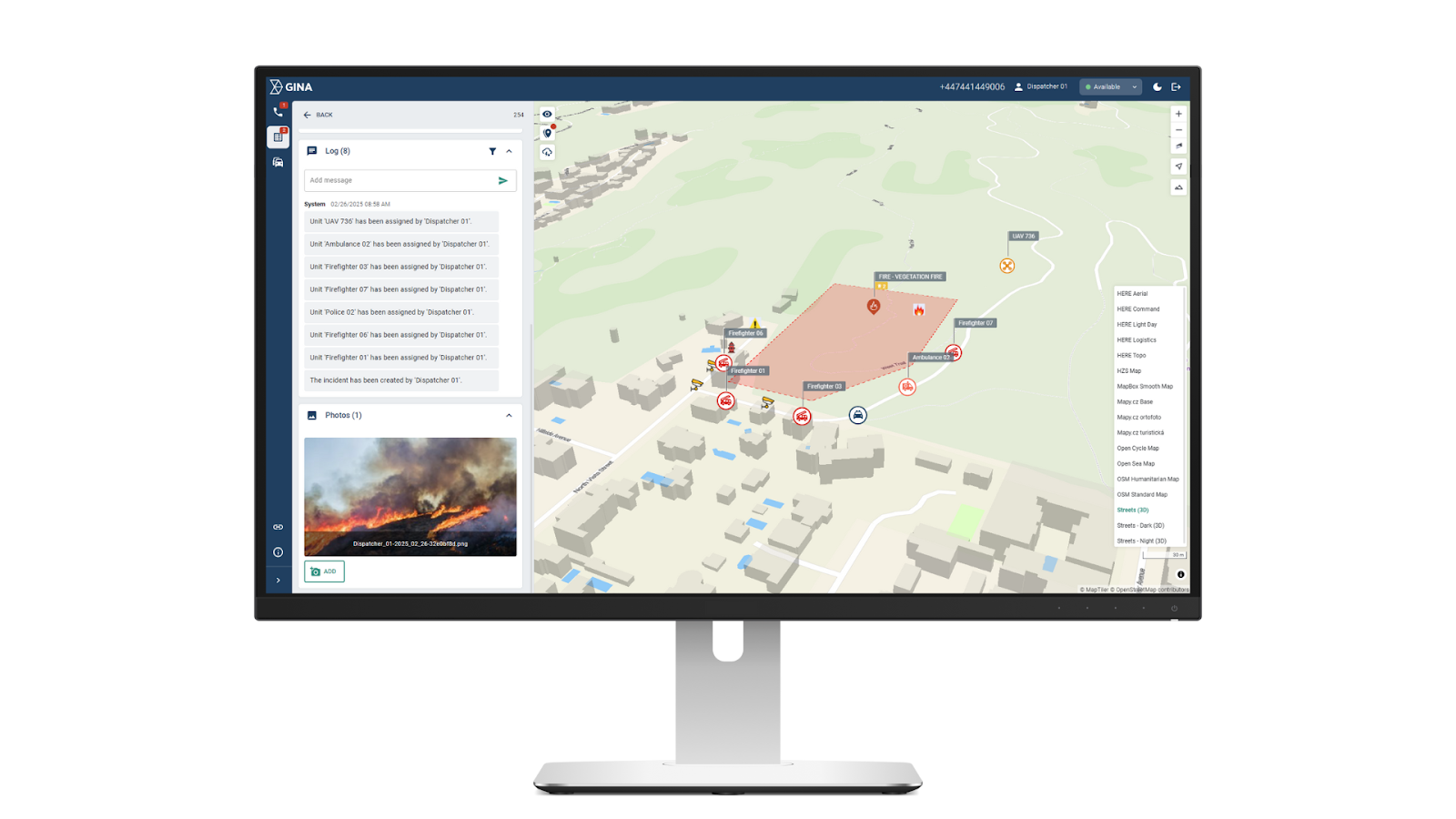
4. No Structured Post-Incident Review
What goes wrong:
Once an operation ends, teams often move on without thoroughly reviewing what happened. Without proper analysis, valuable insights are lost, and opportunities to refine procedures or improve coordination are missed.
How to avoid it:
Make post-incident evaluation a standard part of every operation. With GINA’s ability to store and visualize mission data, teams can review timelines, team movements, communication history, and task execution to identify what worked and where improvements are needed. This structured approach supports continuous learning, better preparedness, and more informed decision-making in future deployments.
5. Limited Operational Scalability
What goes wrong:
Many systems and workflows are built for day-to-day emergencies – a road accident, a house fire, or a missing person search. But when a large-scale disaster strikes, like a flood, wildfire, or mass-casualty event, those same systems quickly hit their limits. Teams are forced to improvise, coordination breaks down, and data overload overwhelms command structures.
How to avoid it:
Emergency response tools must be able to scale with the size and complexity of any operation.
GINA’s platform supports both local and large-scale operations within a unified environment, enabling smooth coordination across regions. Thanks to its flexible integration capabilities, the system can function in a multi-agency context – whether it’s police, fire services, or medical teams. When a new incident is created, a dedicated talk group is automatically generated to connect all assigned units in real time.
GINA can display thousands of active units on a live map, providing dispatchers with a clear operational overview. Additional resources can be added at any moment, allowing dispatch to respond flexibly as the situation evolves. This level of scalability ensures that even large and fast-changing events can be managed efficiently and with full situational awareness.
Strengthening Response Through Better Coordination and Tools
Responding to emergencies requires more than just skilled personnel. It also depends on having the right tools, processes, and information to support fast, coordinated action. By addressing the five areas outlined in this article, agencies can improve their ability to manage incidents effectively, no matter the size or complexity.
GINA Software offers a comprehensive set of tools to support effective emergency response, including Smart CAD for task assignment, incident management, and dispatch coordination, and Tactical AVL for real-time location tracking, unit status monitoring, and secure team communication. Together with a shared operational overview, these capabilities help teams stay aligned, informed, and ready to respond in any situation.
To explore how GINA’s Smart CAD and Tactical AVL can enhance your operations, take the product tour or get in touch with our team for a personalized consultation.
